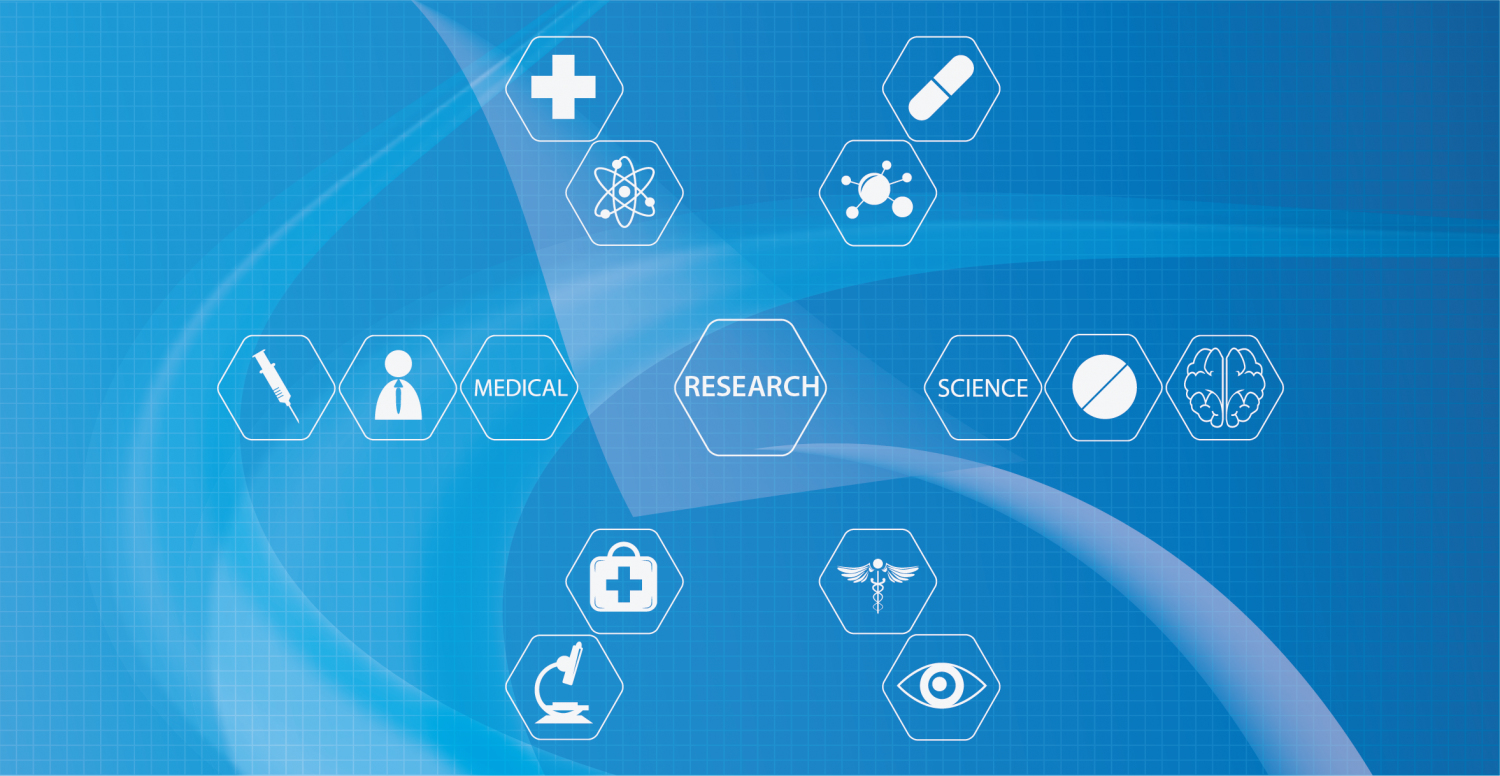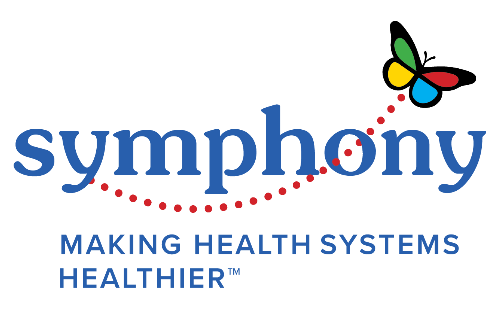
A Data-First Approach to Clinical Analytics
An Interview with Jeff Barrett
Meet Jeff Barrett
Prior to joining Symphony Corporation as our Chief Data Officer, Jeff Barrett was part of the clinical innovation group with Geisinger Health System in Pennsylvania. There, he led several important projects where he found how to use unstructured clinical data to improve clinical care.
We talked to Jeff about some examples of profound solutions or simple changes to leverage data to improve accuracy and outcomes in health care.
Jeff’s Projects and Solutions
In the span of his career thus far, Jeff has provided numerous solutions to electronic health record limitations. As they currently exist, many EHR systems can’t access data beyond themselves, making accurate diagnoses and more personalized care an elusive goal.
“There’s still a high level of data sophistication required to cleanse that data, to make it very meaningful,” Jeff said of these systems.
One of his first, and possibly most important, projects was improving Patient Identification/Problem List maintenance. These lists are meant to tell the clinical story of a patient, focusing more on chronic than acute conditions.
“If we could make the problem list the single source of truth for patient identification, then clinicians wouldn’t have to be digging through and understanding why they’re taking specific medications, or why they have these particular, abnormal lab results.”
Jeff Barrett, RN, Chief Data OfficerWhile they’re supposed to be a comprehensive view of a person’s health history, Jeff pointed out that these lists are “spotty at best,” typically appearing inconsistently across different providers. For instance, he said, the information that might work for a primary care physician might not be as valuable to a specialist, disrupting any continuity of care. These problems created an opportunity for a significant solution.
“If we could make the problem list the single source of truth for patient identification, then clinicians wouldn’t have to be digging through and understanding why they’re taking specific medications, or why they have these particular, abnormal lab results,” Jeff explained.
In one of Jeff’s past projects, he helped to make sure patients were identified by a defined set of clinical criteria so health care providers could access necessary information and have a complete understanding of their patients.
“If there was clear, discrete data available that matched evidence-based best practice for patient identification, we could just use that,” he added.
Changing the way this information was compiled and shared turned out to have significant results. For example, at the time, he discovered around 58 percent of chronic kidney disease patients didn’t even have that diagnosis on their chart.
“We simply built a safety net around that process in case something happened – if they slipped through the cracks, we could identify these women.”
This critical omission gave them only a six percent chance of having their kidney function addressed by a primary care provider. By including that diagnosis on patient charts, the chance increased to 73 percent.
Jeff’s next projects focused more on comprehensive test management, starting with “Pap Close the Loop.” This effort worked to keep patients with abnormal pap smears from falling through the cracks, closing any gaps in care. By using EHR and lab data, Jeff and his group could determine if women received the appropriate treatment for their pap smear results. This solution enhanced the standard care process without disrupting it.
“We simply built a safety net around that process in case something happened – if they slipped through the cracks, we could identify these women,” he said.
Because of this particular project, well over 4,000 women were identified and had the care delivery loops closed. Additionally, this solution is not just limited to pap smears. It can be applied to an abnormal test result.
“What really motivates and drives me is how we can literally use data to improve or potentially even automate care,” Jeff explained.
Jeff has also tackled population health and bundles. He partnered with a data architect and built a system that stored three important pieces of information: populations, expectations of treatments for those populations and whether those expectations have been met.
This project aimed to move systems away from big, broad databases that were only updated and published on a monthly basis to one that would be slim, fast and highly, clinically accurate. While the former could provide insight on health care trends, it had no application in clinical practices.
With Jeff’s new database, providers could run simple reports for patients every single day to provide meaningful clinical intelligence at the point of care.
“By the time I left, we were checking 22 or 24 different bundles, 406 different measures for 650,000 active patients every day,” Jeff said.
“Organizations with EHRs have physicians and nurses embedded in them, but not in their data warehouses and not in their data analytics,” he explained. “This siloed approach to data analytics leads to a lot of inaccuracies.”
Applying These Solutions to Symphony’s Services
Now, as part of the Symphony team, Jeff is seeing more opportunities to improve the use of data in health care, especially as providers interact with new technology. Often, organizations are using highly IT-centric systems that don’t have the space for clinical involvement, which can lead to inaccuracies.
“Organizations with EHRs have physicians and nurses embedded in them, but not in their data warehouses and not in their data analytics,” he explained. “This siloed approach to data analytics leads to a lot of inaccuracies.”
So while Jeff spent so much time making sure health care organizations had the data, he recognizes now that it’s about much more than simply having it; they also need to be able to use it well. This means bridging the gap between the clinical and technical aspects.
As Jeff pointed out, clinicians don’t necessarily know how data is connected, while IT doesn’t understand the clinical intent or importance of the data. Each side needs to see the other perspective to make meaning of this data, which can only come through better communication.
These solutions are even more important as the industry shifts to value-based models, with better outcomes and reduced costs as the utmost concerns. To that end, accessing and using accurate, meaningful data is the key to improving care.
